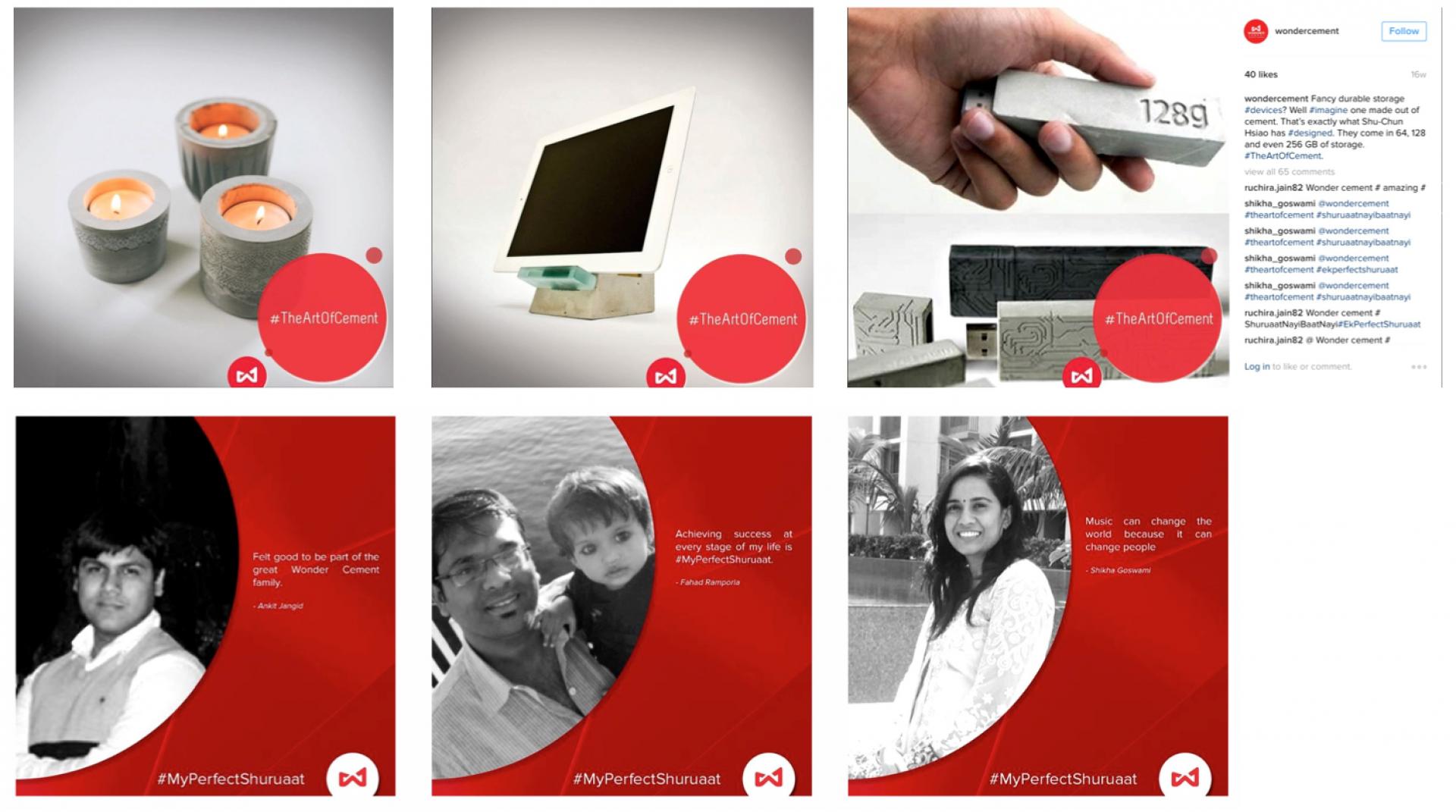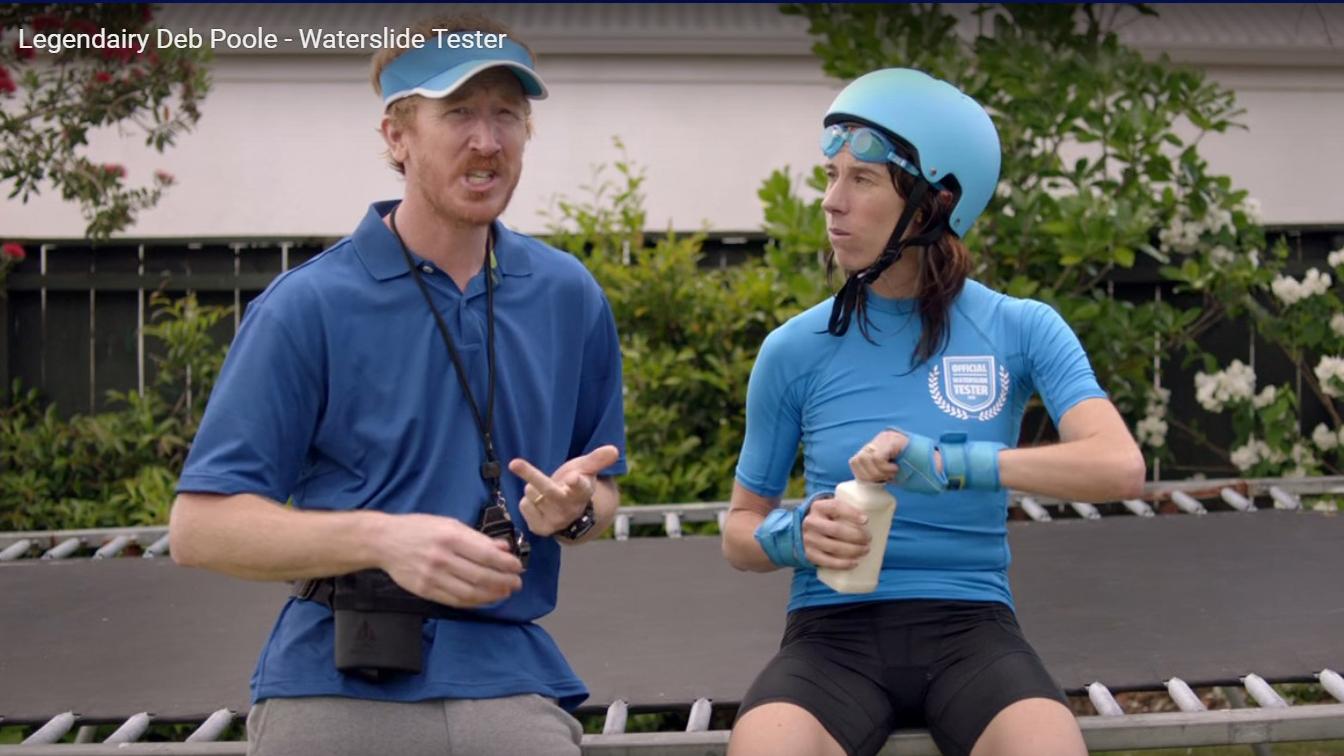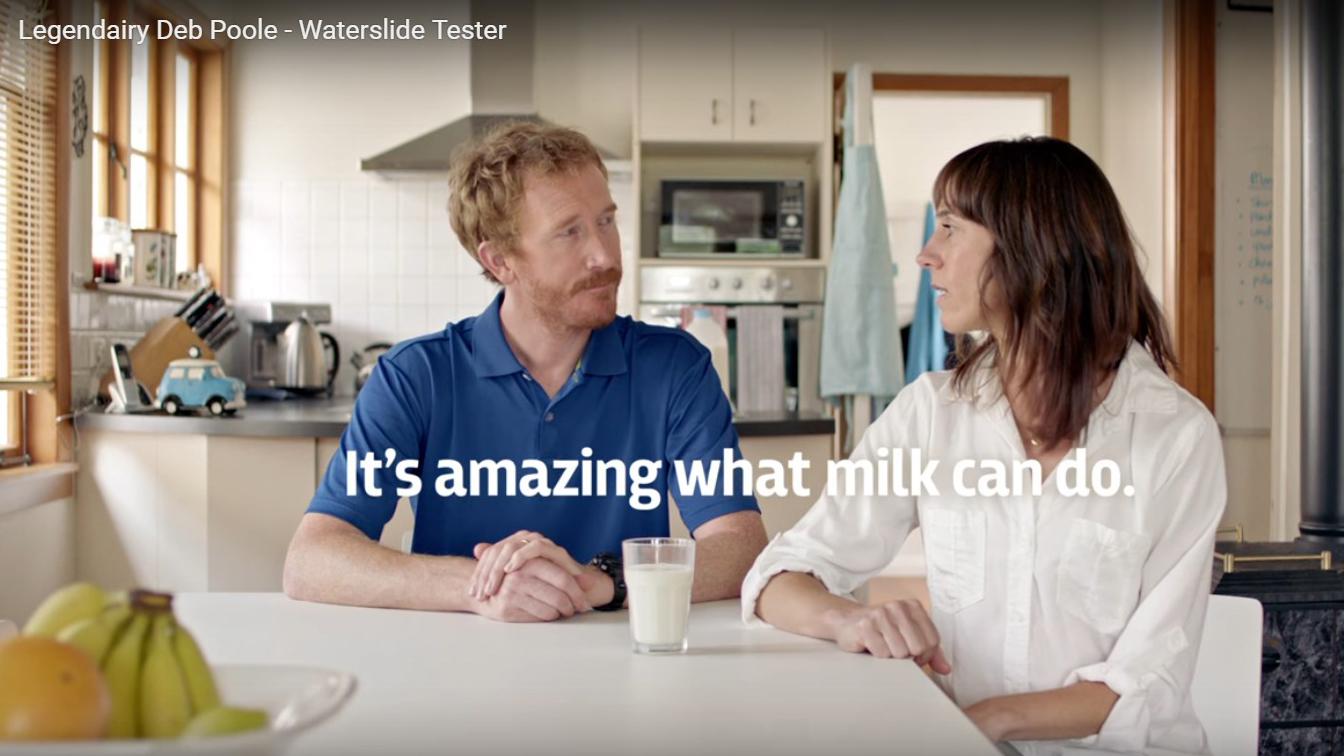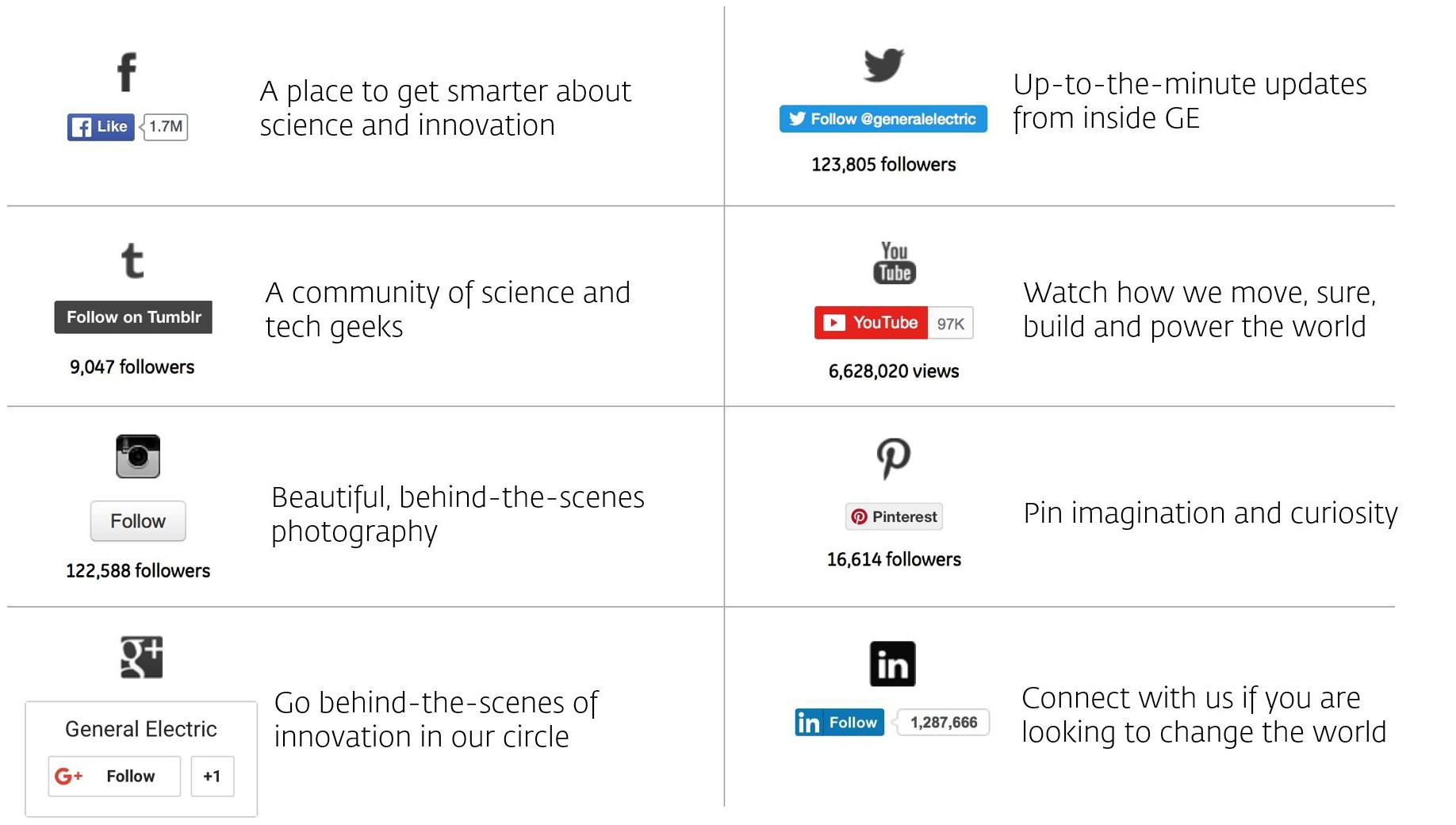

In our previous issue, we highlighted the advantages of B2B businesses expanding their reach to focus on end-users. Now, we delve into real-world case studies of B2B2C branding that yield tangible results, driven by a robust strategy derived from five key takeaways.
In this article we discuss a few case studies of branding towards the end user (aka “B2B2C” branding) that have real world results, stemming from a strong strategy derived from five key takeaways.
Wonder Cement manufactures cement. This would seem like a brand you would have nothing to do with. However, it has successfully engaged its end consumers by beautifully changing the concept of cement from just a building material to a building block of social good.
Angle:
Through its social media campaigns, Wonder Cement has portrayed its human side and successfully communicated its brand promise “My Perfect Shuruatt (beginning)” through real stories shared about beautiful beginnings. From witnessing the birth of a child to helping an injured dog, Wonder Cement’s employees shared stories that illustrated perfect beginnings. The Wonder Cement team was also named “people of wonder” with their own stories to tell. Its campaign on “The Art of Cement” has shone a different light on cement and that it can be a form of art in architecture, coasters or even USB devices.

More recently, its brand building activities have been centered around cricket – India’s national sport. The #Saath7 campaign saw a huge participation by a huge crowd and even featured a 61-year-old lady captain. Its aim was to empower rural India and help the stars of the future turn their dreams into reality. Wonder Cement hoped to identify talent at the grassroots level so they could be groomed for bigger league games. This was part of the overarching mission to help develop rural India.

The #Saath7 campaign was India’s biggest consumer engagement program that has captured hearts and minds. The cricket tournament attracted the participation of 39, 840 cricket enthusiasts across Rajasthan. This event also connected Wonder Cement with its audience vividly with the use of various platforms from Facebook to Twitter: the hashtag #Saath7 generated a reach of over 900,000 and over 7 million impressions.
The B2B brand has cemented its stature in the community as a caring and committed persona that is easy to relate to. Wonder Cement is becoming a memorable brand with a well-projected social cause, something the end consumer recognizes and appreciates.
Dairy Australia is the research and investment arm of the Australian Dairy industry. They run studies and surveys tracking the sentiment of farmers and consumer groups towards dairy products and the industry in general. There was a challenging time when prolonged drought and negative sentiments had sent demand in dairy products falling. The farmers’ morale was also seen to affect the industry.
Angle:
In response, Dairy Australia launched a “Legendairy” campaign to boost the profile of the industry. The first year of the campaign put a spotlight on the farmers themselves, to inspire pride and confidence in the dairy people throughout the industry.
The re-launch of the campaign featured seemingly ordinary characters with extraordinary jobs made possible thanks to the benefits of Australian dairy. While tongue-in-cheek, this campaign reminds consumers about dairy’s positive attributes by featuring a “professional water-slider” relying on milk for rehydration and repairing of tired muscles.


Since the campaign was launched, consumer confidence in dairy products has increased and boosted participation of farmers in the campaign. This campaign boosted sales for dairy farmers by connecting them to the consumers directly. In contrast to the past industry sentiment, this has been a great boost to the industry amidst prolonged drought and other climate issues.
Legendairy platforms have gathered 15, 000 Facebook followers, 19, 000 unique visitors and over 55 positive farmer profiles and videos featured in the media. More importantly, farmer sentiment in the industry’s future has increased by 11%. It is a superb achievement to make a difference in the stakeholders’ lives by connecting with the end consumers as illustrated by Dairy Australia’s campaign.
You don’t need to be big to start focusing on the end user: with the rise of all things digital, you can easily engage end-consumers in your brand-building process. The first step is to evaluate your current brand positioning – is it too narrow? Is it limited to just immediate customers? Is there an opportunity to reframe your territory and re-position your brand? We find that there are five fundamental steps to take.


B2B2C branding is not for the faint of heart: it is a long-term brand-building process that will not yield results overnight, and must be executed with a true understanding of the end user’s needs. Begin thinking today about how your brand can reach beyond and engage end-consumers, and take the first step towards solidifying a position in the market backed by hundreds of thousands of positive brand perceptions.
A Labbrand Group Company © 2005-2024 Labbrand All rights reserved
沪ICP备17001253号-3* Will be used in accordance with our Privacy Policy
To improve your experience, we use cookies to provide social media features, offer you content that targets your particular interests, and analyse the performance of our advertising campaigns. By clicking on “Accept” you consent to all cookies. You also have the option to click “Reject” to limit the use of certain types of cookies. Please be aware that rejecting cookies may affect your website browsing experience and limit the use of some personalised features.